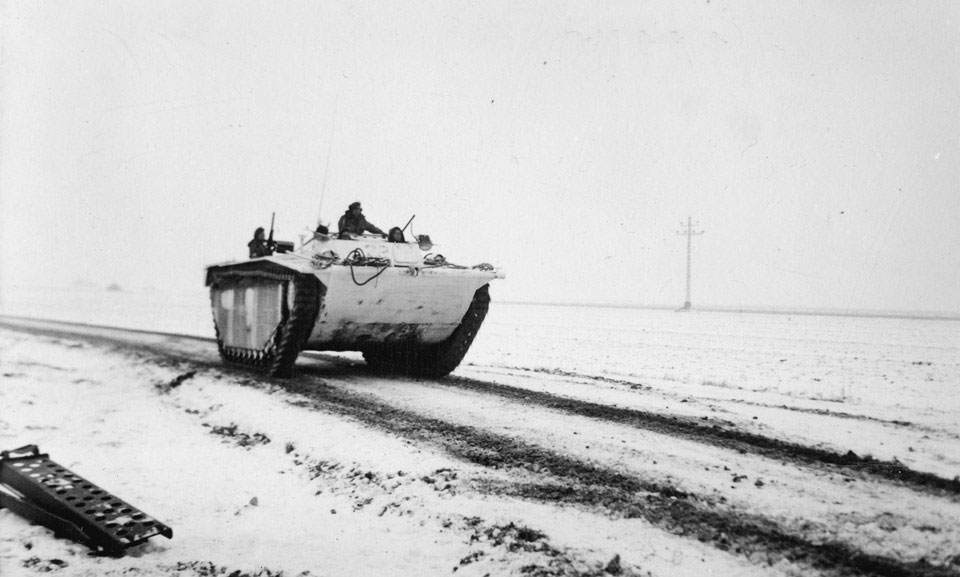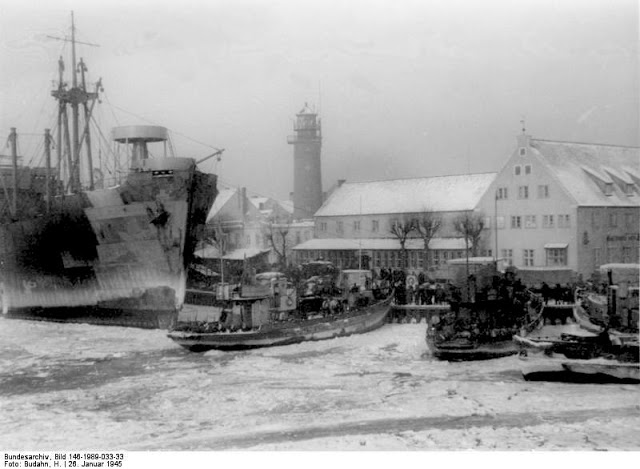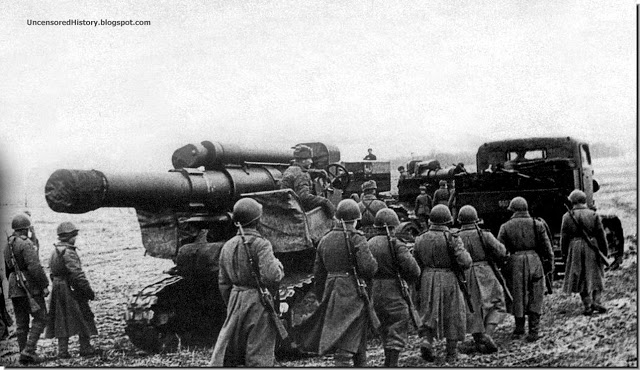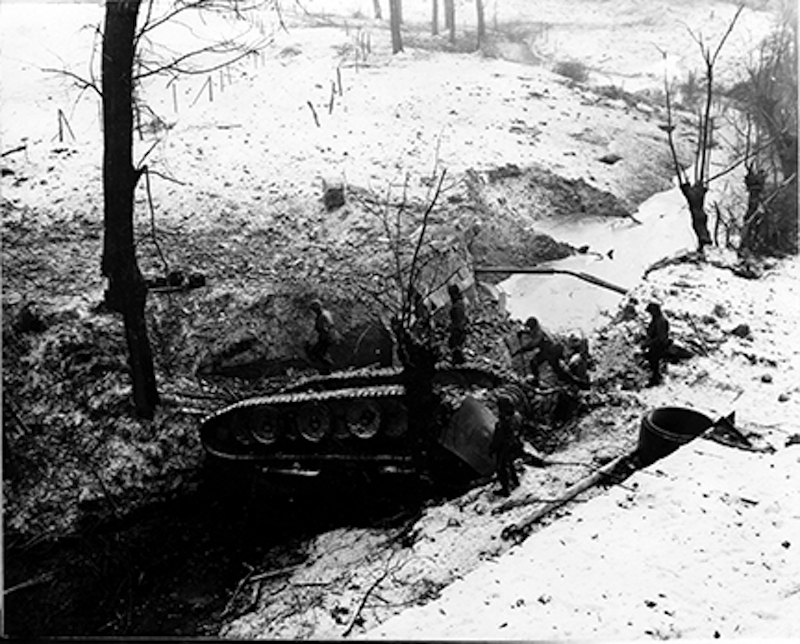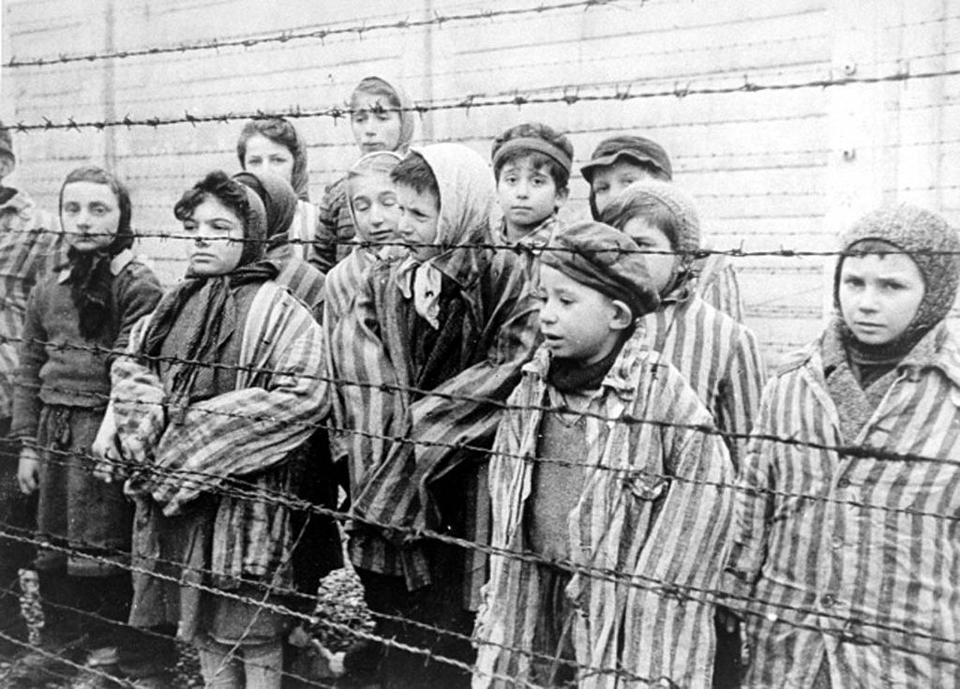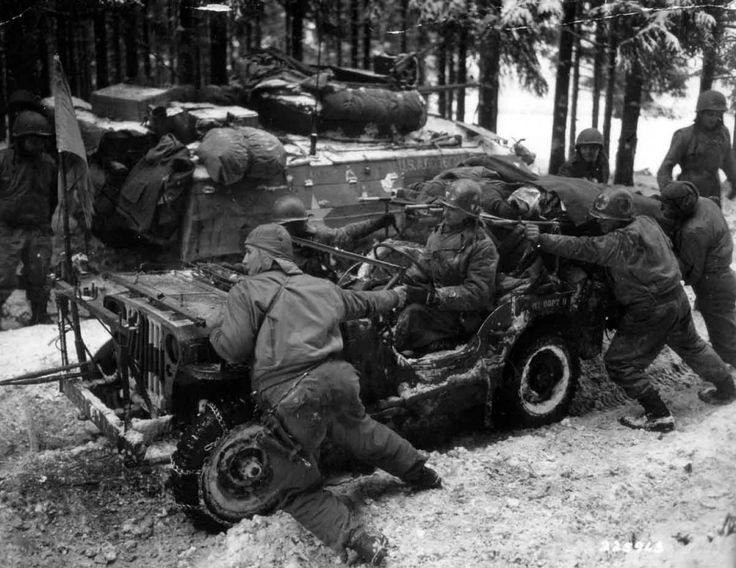Air Operations, CBI
BURMA
- More than 140 10th Air Force fighter-bombers attack troops, supplies, rail lines, artillery positions, and targets of opportunity at 16 locations.
- 8 fighter-bombers support Allied ground troops in the Namhkam area.
- 15 14th Air Force P-40s and P-51s attack the airfield at Chenghsien and transportation targets at Nanking and Sinsiang.
Air Operations, Europe
In Operation THUNDERCLAP the British Chief of the Air Staff decides that RAF Bomber Command should launch 'one big attack on Berlin and Dresden . . . where a severe blitz will not only cause confustion in the evacuation from the East but will also hamper the movement of troops . . .'
13 V-2 rockets hit London.
RAF BOMBER COMMANDEvening Ops:
Minor Ops:
- 8 Mosquitos bomb the Castrop-Rauxel synthetic oil refinery without a loss.
Air Operations, Philippines
- Task Group 77.4 TBMs and FMs support US 6th Army ground forces on Luzon.
- FEAF B-24s attack Balete Pass, coast artillery positions on Corregidor, and several targets of opportunity.
- XIII Bomber Command B-24s attack the Cavite naval base.
- V Bomber Command B-25s and V Fighter Command P-38s attack the Cabcaben airfield, Likanan, Sasa, and coast artillery on Carabao Island.
- P-38s attack Padada.
- 5th Air Force aircraft attack various targets in the central Philippines and elsewhere on Luzon.
- A 110th Tactical Reconnaissance Squadron P-40 downs a Ki-43 'Oscar' fighter near Manila at 0915 hours.
Air Operations, Volcano Islands
- 17 VII Bomber Command B-24s attack Iwo Jima.
- During the night, 9 VII Bomber Command B-24s conduct snooper raids against Iwo Jima.
Burma
There are British landings on Chedube Island south of Ramree. A small force of Marines goes ashore on the first day and they are later reinforced by the 36th Indian Bde. On the mainland to the north the 81st African Div takes Myohaung. Inland in the advance of IV Corps to the Irrawaddy, Pauk is taken by 7th Indian Div.
[China
The Imperial GHQ orders Japanese forces to withdraw to the coast.
[Eastern Front
The 2nd Belorussian Front advances between East Prussian and Danzig, occupying Marienburg (Malbork) and reaching the Baltic north of Elbing (Elblag). Some 500,000 German soldiers are cut off. In Poland the Russians surround Poznand and Thorn.
Troops of the 1st Ukraine Front capture Hindenburg, in Silesia.
In northern Poland the 1st Belorussian Front captures Bromberg (Bydgoszcz).
Russian troops reach the Auschwitz concentration camp, freeing 2,819 inmates.
EAST PRUSSIAThe Soviet 2nd Shock Army assumes control of Marienburg, although the 48th Armi around Elbing is encountering stiff resistance from the German 4th Army.
POLANDThe Soviet 3rd Shock Army takes Bromberg as 100,000 German troops of the 17th Army are threatened by encirclement in Silesia. Inside Posen, 60,000 German troops and Volkssturm are holding off attacks by the 8th Guards Army.[MORE]
[Germany, Armed Forces
The OKW renames ist army groups: Army Group North, trapped in Kurland becomes Army Group Kurland; Army Group Center, isolated in East Prussia, is now Army Group North; and Army Group A is renamed Army Group Center. There is also the newly raises Army Group Vistula, comprising the 2nd and 11th Armies and commanded by the head of the SS, Heinrich Himmler.
[Philippines
On Luzon the Americans make some progress in the XIV Corps sector, where the 37th Div occupies one of the runways on Clark Field, one of the prime objetives.
[Western Front
Operation BLACKCOCK is brought to a close by the XII Corps, British 2nd Army; begun on January 16, it has led to the elimination of the German salient between the Meuse and the Rur, the 'Roermond triangle'. The Germans now have only a small bridgehead in the area of Vlodrop.
During the night the 102nd Div of the XIII Corps, US 9th Army, occupies the region between Brachelen, Himmerich and Randerath, west of the Rur River.
In the US 3rd Army sector the units of the VIII Corps push on northeast in the Weiswampach area, while the German 7th Army continues to withdraw behind the Siegfried Line. Further south, the 80th Div, XII Corps, widens its bridgehead across the Clerf, while in the area of the Saarlautern bridgehead the 95th Div, XX Corps, improves its positions.
In the US 7th Army sector, the 101st Airborne Div approaches the area of Hochfelden.
The 1st Moroccan Div of the II Corps, French 1st Army, captures the road joining Jebsheim and Illhäusern, which is about 6 miles north of Colmar.
Lt Audie Murphy, the most decorated US soldier of World War II, single-handedly repels repeated Panzer and infantry attacks on his position, near Colmar. He will be awarded the Medal of Honor.
[Images from January 26, 1945
|
|
|
|
|
|
|
|

